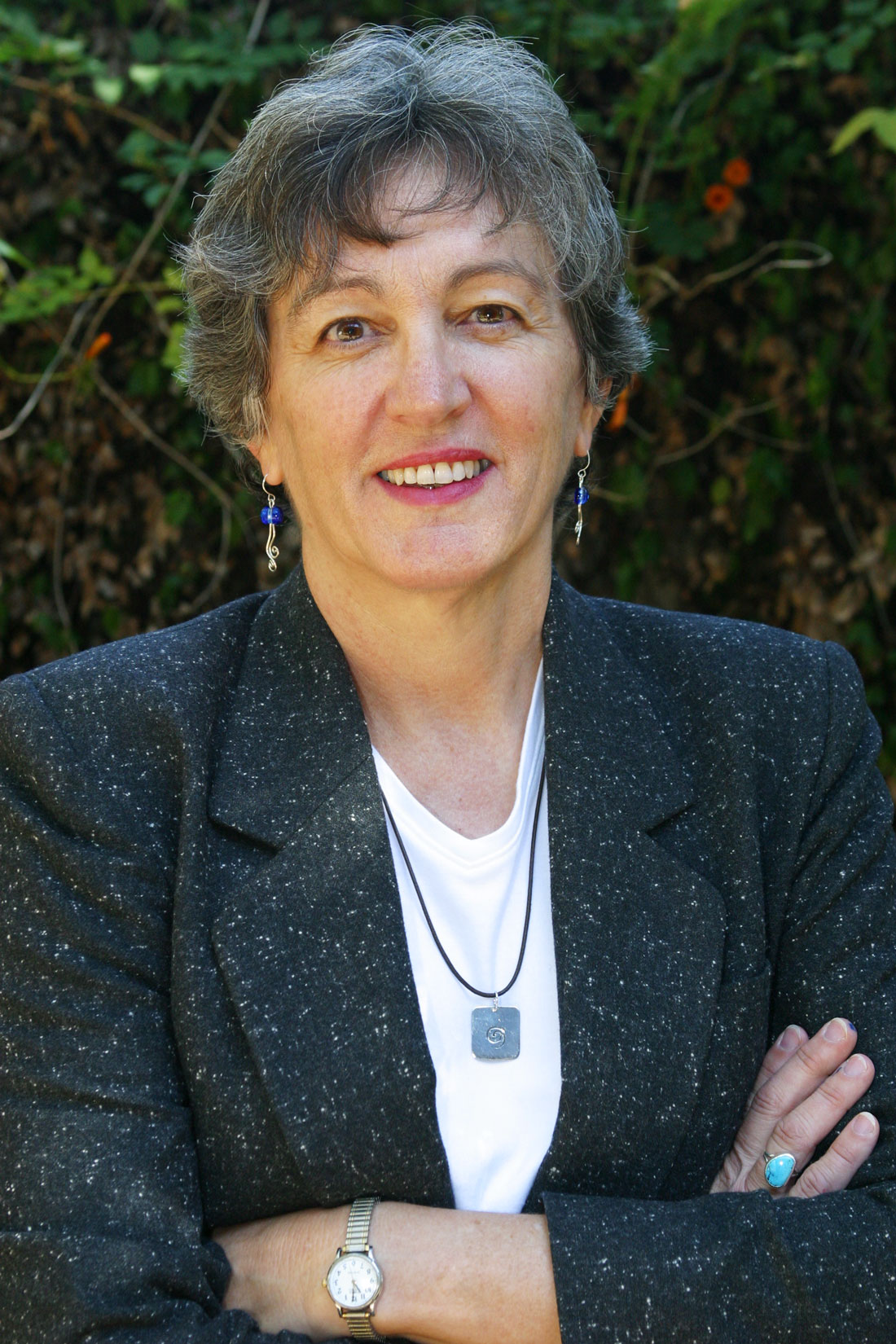Peaceful, I sat on the curb and buckled up my blades. And realized, pausing for a moment, that few city things are as old-time familiar as sitting on a curb.
And then I was speed-skating south under the I-30 overpass and the subsequent train trestle, the heaving behemoth clacking metronomic above, creaking the supports. My anticipation rose. Only a couple more miles ’til one of Fort Worth’s remaining promised lands, that long stretch of wild trail along the Clear Fork of the Trinity River between Bryant Irvin and Hulen. It was almost 11 p.m., but still hot enough in mid-October that I slipped out of my shirt, jamming it into the waistband of my jeans where it fluttered like a white flag. If anybody was around to look, all they’d see was the white flag, the rest of me melted away. But first they’d have to see.
Heading west, I dipped under two more bridges. A couple of bicyclists passed me. And then, beyond the giant Hulen bridge, I shot past the arching orange glow of the railyard and finally into the darkest stretch. Stars and planets opened in the sky. Cloaking me were a few miles of wild, near-virgin prairie between the river and the tracks. Egrets and hawks and wild turkeys roosted in the scattered, heat-twisted, thorny trees that give our Texas prairie an otherworldly sub-tropical look. Armadillos poked and jittered in the grasses. Down below, the river rippled, clean water over rock-strewn grassy braids. A great blue heron shadow-sailed over my head like a pterodactyl, squawking once at the surprise of me, and canted down to land feet-first in the shallows where he would hunt the fat little fishes, loaves of bread to him, that rushed past his stick legs. Many times late at night I’ve come out here, a shadow bathed in moonglow, nearly lulled to sleep in the rough grass by the murmurings, gurglings, and whispers of all the birds and animals, a sleeping gypsy visited by or visiting them, right here in the city.
Lights bobbed ahead, and I skated up on the cluster of people, their bikes strewn in the ditch and path. On this moonless night, people were using their helmet-mounted lamps or cell phones to illuminate a slight Mexican guy, Javier, lying face down in the grass like a shot deer. Two of his friends knelt over the young ciclista, stroking his head, praying to La Virgen … Por favor, nuestra Señora…. Another guy was wobbling around on his feet with an apple rapidly growing out of his face. Someone else was in a heated argument with the 911 operator, trying repeatedly to explain where we were and how to get here. A white guy with bright blue headlamp and blue spandex shorts knelt on Javier’s other side. “Don’t call me sir,” he said. “We’re all in this together, OK buddy? I’m a doctor. I just don’t want you to move.”
“It hurts,” Javier gasped into the grass. He was still in the arm-squashed, torso-compacted position he’d landed in, and it was clear that was magnifying the pain of the collision. The doctor pinched one smooth brown leg, and Javier made a small noise that sounded like “yes.” The doctor asked him to try to move his feet. Javier seemed to strain; a little twitch resulted. The arguing on the phone behind us continued. Three different people tried to give directions. We were at the farthest point from road access. “God, it’s like we’re in the middle of West Texas!” the doctor said. “That’s why we come out here,” said one of the others.
The murmured praying started again. I pulled my shirt on and sat in the grass, arms over knees. Little any of us could do but wait now. Beyond our little circle of activity, we were swallowed by the code-talkings of millions of crickets that seemed to pillow the silence rather than erase it. The city plans to blast a tollway through here and bulldoze the rest for condos. There’s a 1,000-year-old Indian camp hidden here.
Just as three somewhat out-of-shape medics arrived dripping in sweat, having run the two miles or so from Bryant Irvin, a helicopter was finally dispatched. We could see it taking off from a hospital district roof, brighter than Mars, and in two minutes it was here in a roaring diesel whirlwind of dust, noise and light, executing an impressive landing on the levee’s narrow concrete path, like a dragonfly. In a blur, we got Javier strapped onto the board and turned over; they rushed him into the copter. It blasted off again, choking fumes and dust settling like a fog.
I thought of La Señora, the Virgin Mary, appearing in December 1531 to a Catholic Indian peasant in Mexico near a hill where the Aztecs worshipped their fertility goddess. Soon it would be December and the Christmas season again. I thought of the riverine cottonwood back here, its double trunks parted like a sacred woman’s opening, and whose leaves never stop rustling, even in a dead calm. So few places left for sleep … birth … renewal.
Jarid Manos is executive director of Great Plains Restoration Council. His memoir Ghetto Plainsman will be published by Temba House Press in spring 2006.











